Introduction: The Shift Toward Minimally Invasive Implantology
In recent years, there has been a marked trend toward minimally invasive implant treatments. This is especially true in the context of severely atrophic edentulous maxillae, where the aim is to avoid bone augmentation surgeries whenever possible. The underlying principle is to shorten the treatment period, reduce discomfort associated with swelling or pain, and potentially lower overall treatment costs. A reduction in the trauma associated with implant procedures may translate to diminished surgical risks, enabling a broader patient demographic to benefit from these advanced solutions. Minimally invasive approaches typically adapt implant size or positioning in accordance with existing anatomical structures, thereby sidestepping the need for additional bone grafting procedures. Among these approaches, the utilization of short implants is one strategy to avoid the need for bone augmentation in severely resorbed maxillary regions. Recent studies suggest that implants shorter than 10mm exhibit comparable outcomes in terms of bone loss and survival rates when juxtaposed with longer implants. However, even with short implants, the height of posterior maxillae often proves inadequate.
The Role of Angled Implants in Treatment
Beyond the use of short implants, the placement of angled, longer implants offers an alternative solution. These implants tend to provide superior initial stability and allow the implant shoulder to be positioned more distally. Such characteristics make them particularly suitable for immediate loading cases within edentulous arch restorations. Immediate loading protocols utilizing angled implants have demonstrated heightened patient satisfaction, though challenges persist. The placement of angled implants can be technically more demanding and typically necessitates the use of angulated abutments. Accurate positioning often requires advanced planning, including computer-guided surgical design and navigation.
While numerous implant systems now offer angled implant options, their varying geometric characteristics and components can result in disparate clinical outcomes, necessitating individual validation for efficacy. However, studies assessing the application of such implants in immediate loading contexts remain sparse. Thus, this retrospective study aims to evaluate the success rate of Bredent BlueSKY™ implants in minimally invasive treatment protocols involving distally angled implants for immediate loading in full-arch fixed restorations. Furthermore, this study will examine osseointegration and bone loss along with comparing the implant stability quotient (ISQ) and implant mobility (PT values) between angled and vertical implants, documenting changes in these parameters post-osseointegration.
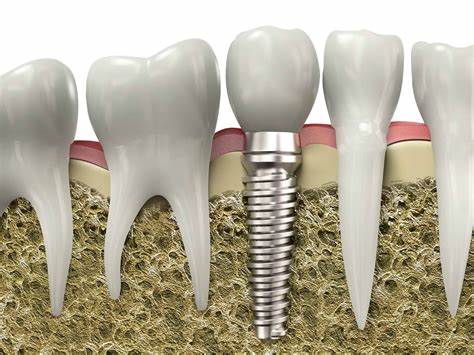
Study Methodology
Participant Criteria and Selection
This retrospective study included ten patients with atrophic edentulous maxillae exhibiting insufficient alveolar ridge volume in the posterior region. All patients underwent a standardized treatment protocol and were monitored for a minimum of three years. The treatment plan involved the placement of six Bredent BlueSKY™ implants, with the distal implants placed at angles and coupled with immediate loading of temporary fixed dentures fabricated on the day of surgery.
For each patient, routine measurements of implant stability—both initial (PT values) and after three months (ISQ values)—were conducted, utilizing Resonance Frequency Analysis (RFA). Ethical guidelines based on the amended Helsinki Declaration of 1975 were observed, with informed consent obtained from all participants. The local ethics committee was consulted, and given the retrospective nature of this study, no further approval was required under Rhineland-Palatinate state law.
Inclusion and Exclusion Criteria
Eligible patients were required to express a desire for implant-supported fixed restorations and have indicated a preference to avoid bone augmentation surgeries. Both medical and psychological conditions were assessed to ensure the feasibility of conventional implant procedures. Patients with insufficient bone volume in the maxillary molar region—prohibiting the placement of implants longer than 6mm without augmentation yet allowing for angled implants exceeding 10mm in the premolar region—were included. All treatments were performed by the same oral and maxillofacial surgeon and prosthodontist.
Exclusion criteria included any signs of active infection or inflammation at the intended implant sites, serious systemic diseases (e.g., uncontrolled diabetes), history of radiotherapy or chemotherapy within the past five years, use of medications affecting bone metabolism (like bisphosphonates), severe bruxism or clenching habits, and poor oral hygiene.
Preoperative Assessment and Surgical Protocol
Initial patient screening utilized cone-beam computed tomography (CBCT) images to ensure accurate treatment planning and guidance via 3D design software (SKYplanX™, bredent). Surgical guides were employed to prepare implant sites using prefabricated metal rings that corresponded with the drill sizes, thus facilitating precise implant placement. Following the preparation of the implant sites, the dental guide was removed, and implants were placed under manual torque control, assessing primary stability through PT values and RFA at the moment of insertion.
Restoration Process and Immediate Loading
The implants were subjected to immediate loading protocols using titanium abutments secured to the implants with 25Ncm torque. For impression making, closed-mouth pick-up impressions were utilized to record the maxillary relationship. Subsequently, following the creation of working models, temporary resin restorations were fabricated with the visio.lign (bredent) system. The temporary final restorations were retrofitted to the implants, enabling optimal aesthetics and function.
Results and Discussion
In a follow-up period averaging 64±13 months (ranging from 42 to 84 months), the treated implants exhibited a cumulative failure rate of 5% (n=3) among the ten patients, similar to results observed in other immediate loading protocols. Notably, the angled implants were associated with a higher failure rate, underscoring the necessity for personalized treatment approaches. The challenge of rehabilitating the maxillary posterior region in edentulous patients remains a significant clinical hurdle.
Conclusion
Despite the limited sample size (n=10 patients/60 implants), this study suggests that the Bredent BlueSKY™ implant system’s failure rate aligns comparably with other immediate loading strategies. The inclination of implants within resorbed maxillary bone requires particular attention, emphasizing the significance of tailoring interventions based on individual anatomical considerations. The pursuit of enhanced outcomes in edentulous rehabilitation continues to be an imperative area of research.

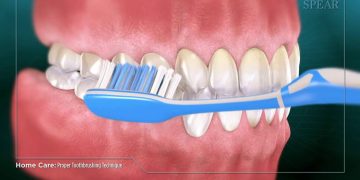
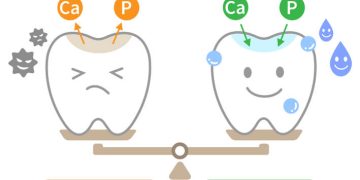
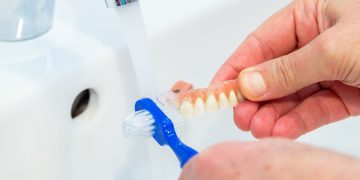




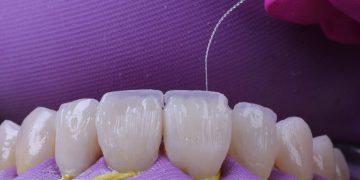
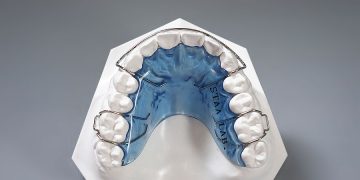

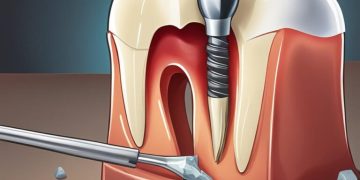
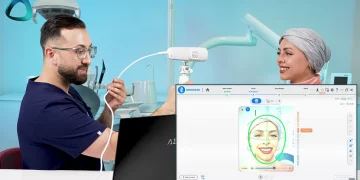


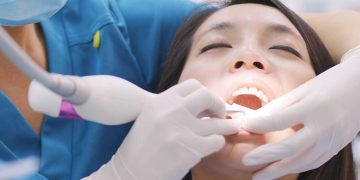





























Discussion about this post